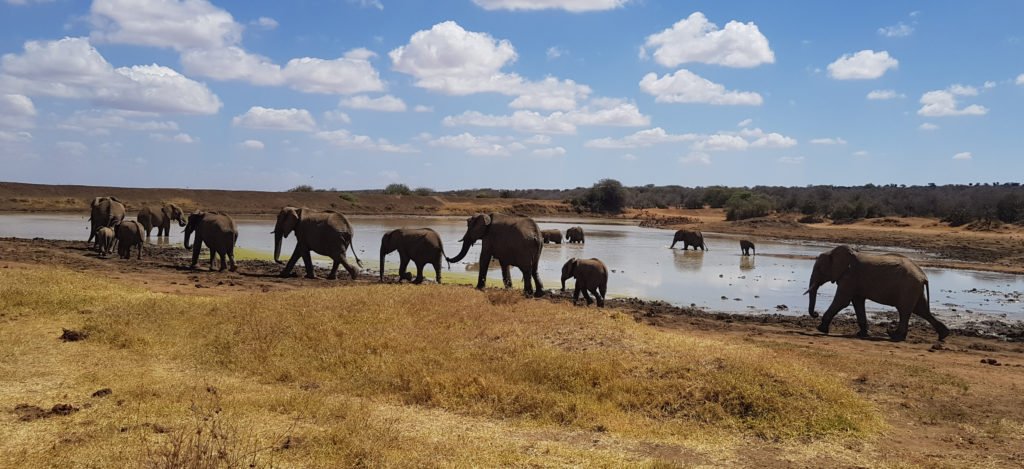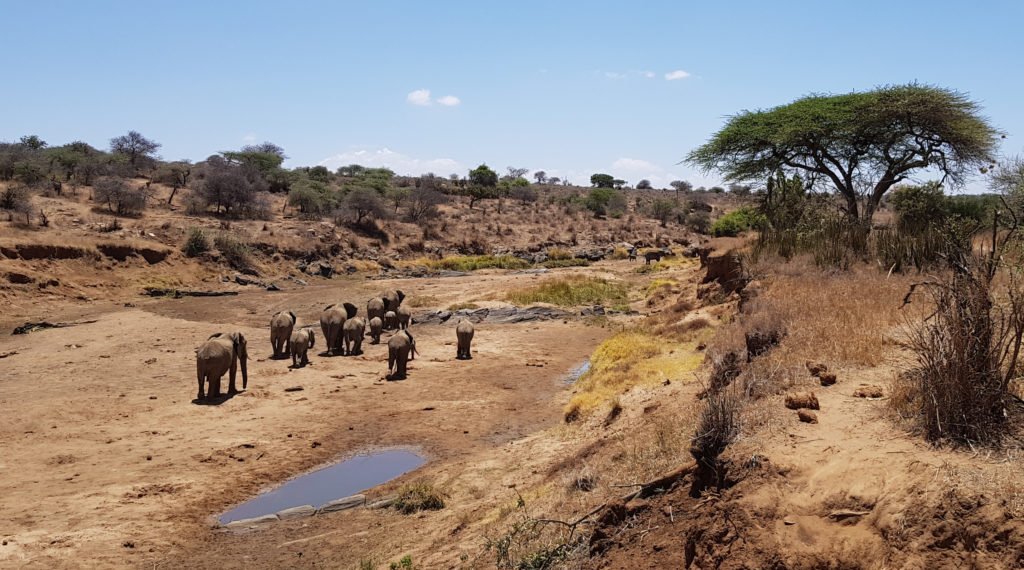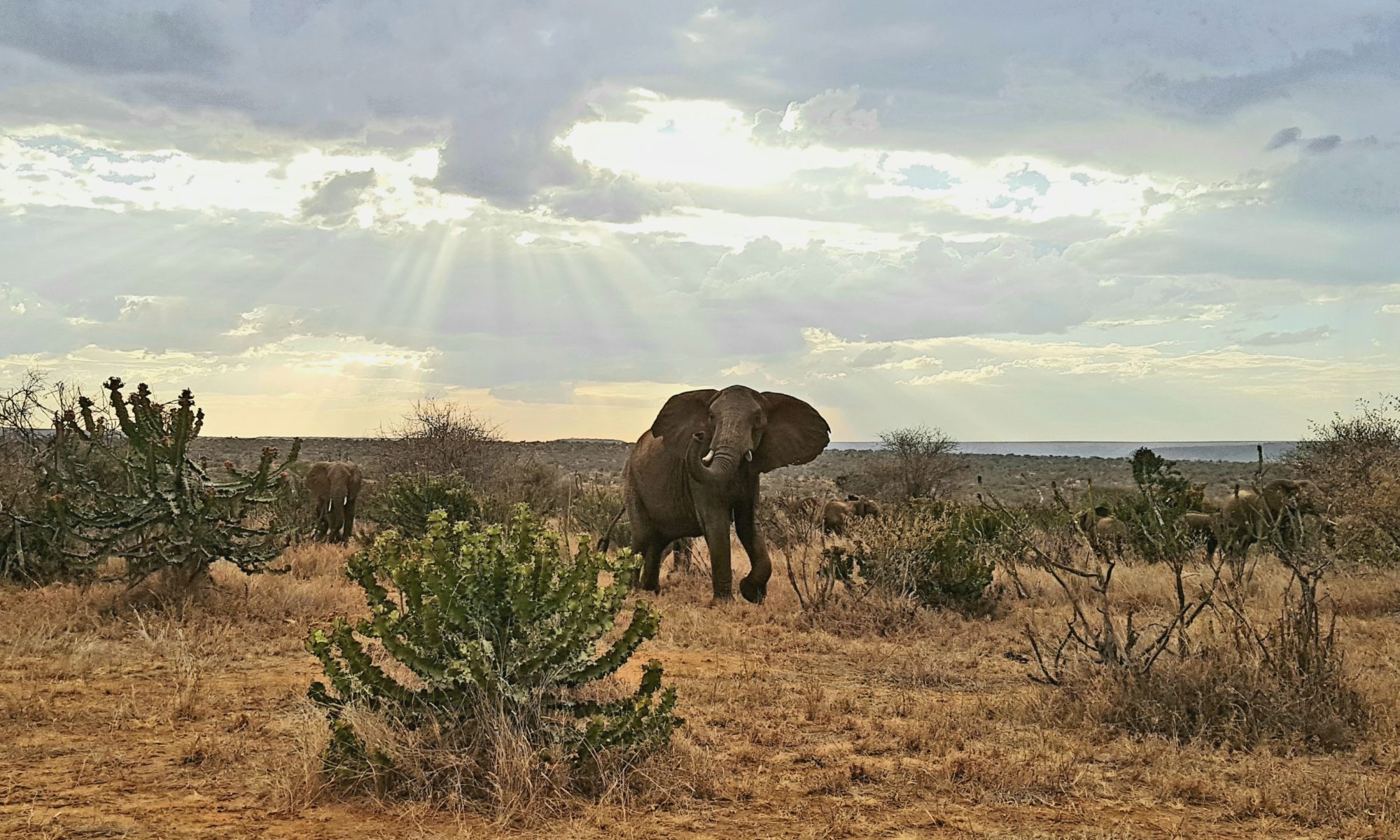In February this year I joined a research trip in Kenya and helped to investigate whether it is possible to track elephants using the vibrations they make through the ground.
Many elephants suffer from poaching, habitat destruction and conflicts with local people and being able to track them more effectively would aid conservation efforts.
Current techniques, such as positioning based on satellite imagery, camera traps or acoustic sensing, either lack temporal resolution, are expensive, or are limited to small areas. One solution which may address these challenges is to track elephants using the vibrations they make.

Elephants have many different types of behaviour which generate ground vibrations, including running, playing, bathing and walking. They also make low-frequency vocalisations known as “rumbling”, thought to be a means of communication between elephants, which propagate vibrations into the ground.
A key benefit of using these vibrations is that we think they can travel long distances, potentially allowing us to track the elephants over large areas and at low cost.
We listen for vibrations in the ground using seismometers, which are buried in the ground and are therefore non-invasive. These vibrations are noisy and hard to interpret; we are investigating the use of AI to help us accurately identify and locate the signals made by elephants.

Once we are able to accurately detect elephants, we will use Bayesian positioning to accurately locate them (see my other post on this).
See more info here: https://www.eng.ox.ac.uk/news/track-elephants-vibrations-footsteps/


I don’t normally comment on blogs.. But nice post! I just bookmarked your site
Fakultas Informatika